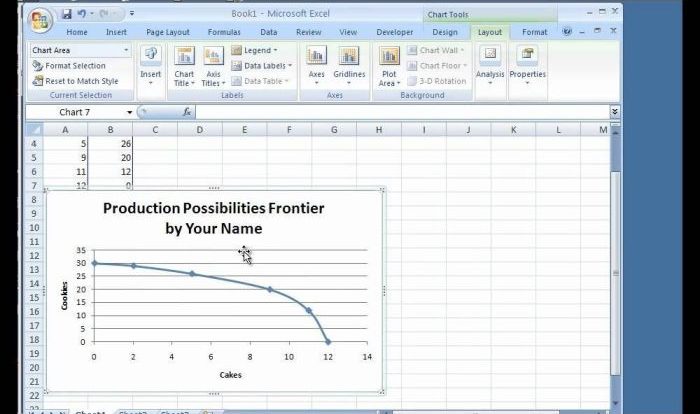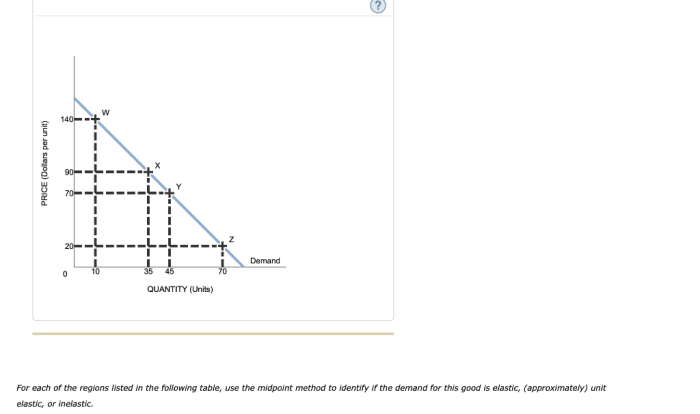Suppose that your demand schedule for pizza is as follows: this premise sets the stage for an exploration into the intricacies of consumer behavior, unveiling the factors that influence demand, the concept of elasticity, and the dynamics of market equilibrium.
Delving into the nuances of demand, we will examine the interplay between price and quantity demanded, unraveling the factors that can shift demand curves and the implications for businesses.
Demand Schedule for Pizza

A demand schedule is a table that shows the quantity of a good or service that consumers are willing and able to buy at different prices. The demand schedule for pizza is as follows:
| Price | Quantity Demanded |
|---|---|
| $5 | 10 |
| $6 | 9 |
| $7 | 8 |
| $8 | 7 |
| $9 | 6 |
Factors Affecting Demand
The demand for pizza can be affected by a number of factors, including:
- Price:The price of pizza is a major factor that affects demand. As the price of pizza increases, the quantity demanded will decrease. This is because consumers will substitute other goods and services for pizza.
- Income:The income of consumers is another factor that affects demand. As consumers’ incomes increase, the quantity demanded for pizza will increase. This is because consumers will have more money to spend on pizza.
- Tastes and preferences:The tastes and preferences of consumers can also affect demand. If consumers develop a taste for pizza, the quantity demanded will increase. This is because consumers will be more likely to purchase pizza.
- Availability of substitutes:The availability of substitutes can also affect demand. If there are many substitutes for pizza, the quantity demanded for pizza will decrease. This is because consumers will have other options to choose from.
Elasticity of Demand
The elasticity of demand measures the responsiveness of quantity demanded to changes in price. The elasticity of demand for pizza is calculated as follows:
“`Ed = (% change in quantity demanded) / (% change in price)“`
If the elasticity of demand is greater than 1, then demand is elastic. This means that a small change in price will lead to a large change in quantity demanded. If the elasticity of demand is less than 1, then demand is inelastic.
This means that a small change in price will lead to a small change in quantity demanded.
The elasticity of demand for pizza is typically inelastic. This means that a change in price will not have a significant impact on the quantity demanded.
Market Equilibrium

The market equilibrium price and quantity for pizza is the point where the quantity supplied equals the quantity demanded. The equilibrium price is the price at which consumers are willing and able to buy the same quantity that producers are willing and able to sell.
Changes in supply and demand can affect the equilibrium price and quantity. If supply increases, the equilibrium price will decrease and the equilibrium quantity will increase. If demand increases, the equilibrium price will increase and the equilibrium quantity will increase.
Applications

The demand schedule for pizza can be used in practice in a number of ways. For example, businesses can use the demand schedule to:
- Forecast demand:Businesses can use the demand schedule to forecast demand for pizza. This information can be used to make decisions about production levels and pricing.
- Set prices:Businesses can use the demand schedule to set prices for pizza. The price should be set at a level that maximizes profits.
- Develop marketing campaigns:Businesses can use the demand schedule to develop marketing campaigns for pizza. The marketing campaign should be designed to increase demand for pizza.
FAQ Insights: Suppose That Your Demand Schedule For Pizza Is As Follows:
What is a demand schedule?
A demand schedule is a tabular representation of the relationship between the price of a good or service and the quantity demanded at that price.
What factors can affect the demand for pizza?
Factors that can affect the demand for pizza include income, price of substitutes and complements, consumer preferences, and expectations.
How is the elasticity of demand calculated?
The elasticity of demand is calculated as the percentage change in quantity demanded divided by the percentage change in price.


